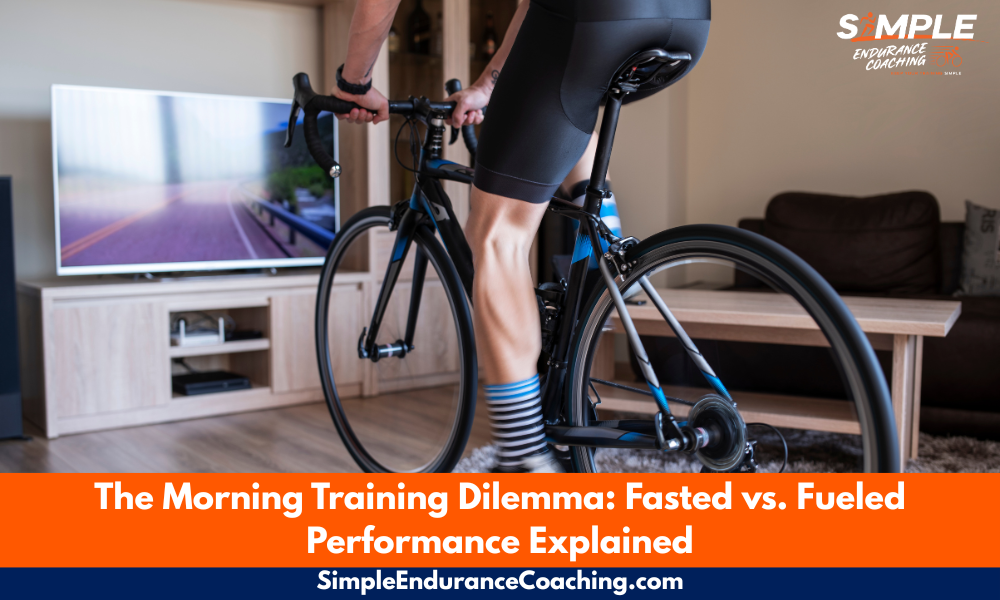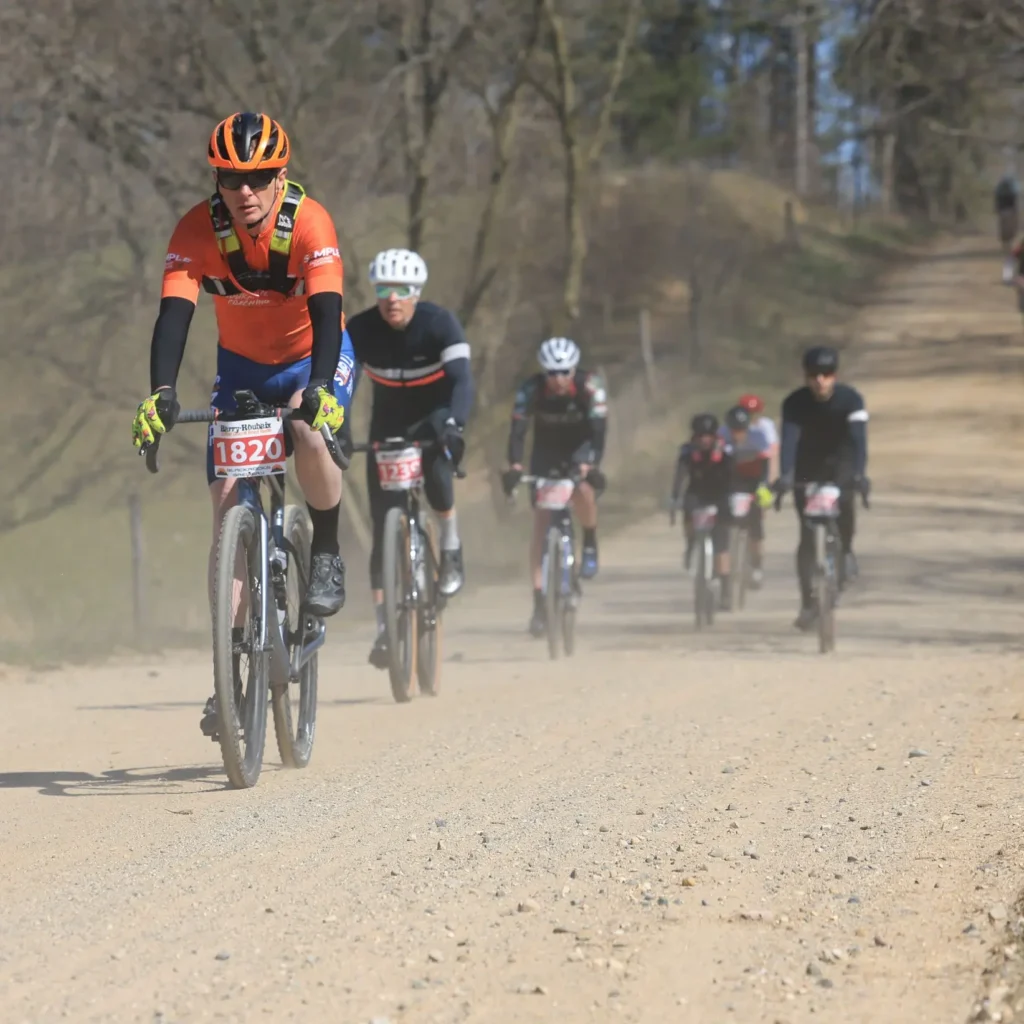Mastering the Journey: How Older Endurance Athletes Can Set Process Goals for Lasting Success
As we get older, balancing our passion for endurance sports with the demands of family, work, and other responsibilities can be challenging.
Whether you’re a runner, cyclist, or triathlete, setting meaningful goals is key to staying motivated and achieving success.
But what if there’s a better way to set goals-a way that helps you stay on track even when life gets busy?
That’s where process goals come in.
In this post, we’ll explore how setting process goals can help you, an older endurance athlete, stay consistent, avoid injury, and ultimately achieve your event goals.

Understanding the Unique Needs of Older Endurance Athletes
As we age, our bodies change. You know this.
We might notice that we don’t recover as quickly from tough workouts, or that we need to be more mindful of how we train to avoid injuries.
For older athletes, it’s not just about training hard-it’s about training smart.
Balancing training with family and work can also be tricky.
That’s why it’s important to set realistic goals that fit into your life.
Instead of focusing only on big outcome goals, like finishing a race or achieving a specific time, it’s crucial to pay attention to the daily actions that will help you get there.
What Are Process Goals?
Process goals are the small, actionable steps you take every day to reach your bigger goals.
Unlike outcome goals, which focus on the end result, process goals focus on what you can control in the present moment.
For example:
- Outcome Goal: Run a half marathon in under 2 hours.
- Process Goal: Run four times a week, including one long run.
Process goals are about the journey, not just the destination.
As I say on the front page of my website, “Possibilities are the path, not the finish line.”
Process goal help you stay consistent and build good habits that will lead to long-term success.
Why Process Goals Are Important for Older Athletes
- Consistency Over Intensity: As we age, consistency becomes more important than intensity. Process goals encourage you to show up regularly, even if some days are less intense than others. This consistency builds a strong foundation for your endurance.
- Building Durability: Process goals help you focus on activities that build durability, like strength training and proper recovery. These activities reduce the risk of injury, which is especially important as we get older.
- Adaptability: Life happens-work meetings, family commitments, or unexpected events can disrupt your training. Process goals are flexible, allowing you to adjust your routine without feeling like you’re falling behind.
How to Set Effective Process Goals
- Align with Outcome Goals: Start by thinking about your big goal, like completing a race or hitting a personal best. Then, break it down into smaller, actionable steps you can take daily or weekly. For example, if your outcome goal is to complete a triathlon, your process goals might include swimming twice a week, cycling three times a week, and running twice a week.
- Make Them Specific, Measurable, and Achievable:
-
-
- Specific: Clearly define what you want to achieve. Instead of saying, “I want to run more,” set a goal like, “I will run 5 miles every Saturday.”
- Measurable: Track your progress. For example, log your workouts in a journal or app so you can see your improvements over time.
- Achievable: Set realistic goals based on your current fitness level and schedule. Don’t overcommit-focus on what you can consistently accomplish.
-
- Focus on What You Can Control: Process goals should be within your control. You can’t control the weather on race day, but you can control how well you prepare by sticking to your training plan.
Examples of Process Goals for Different Endurance Sports
-
For Runners:
- Run three times a week, including one long run.
- Stretch and do mobility work after every run.
- Stay hydrated by drinking a set amount of water each day.
-
For Cyclists:
-
For Triathletes:
Tracking Progress and Adjusting Goals
Use a training log or app to keep track of your process goals.
Regularly review your progress-this will help you stay motivated and make any necessary adjustments.
If you’re finding it hard to stick to a goal, don’t be afraid to tweak it.
The key is to keep moving forward.
Also, remember to celebrate small wins.
Did you complete all your runs this week?
That’s a victory worth acknowledging!
Small successes add up over time and keep you motivated on the journey toward your big goal.
A coach can help you stay on top of your goals and keep you motivated!
Common Challenges and How to Overcome Them
-
Motivation Dips:
Everyone has days when motivation is low. When this happens, remind yourself why you started and focus on the small steps. Sometimes, just getting out the door is the hardest part.
-
Injury Setbacks:
If you’re dealing with an injury, adjust your process goals to focus on recovery. This might mean incorporating more rest days or doing lower-impact activities. Remember, it’s better to heal fully than to push through and risk further injury.
-
Balancing Process and Outcome Goals:
It’s easy to get caught up in the end goal, but don’t forget that the daily actions you take are what lead to success. Stay focused on your process goals, and the outcome will take care of itself.
Setting process goals is a powerful way to stay on track, especially when balancing training with the demands of life.
By focusing on what you can control and taking consistent action, you’ll build the habits that lead to success-not just in your next race, but in your long-term health and fitness.
So, what process goals will you set today? Start small, be consistent, and enjoy the journey!
Three things to know about setting process goals when you’re an older athlete
- Set process goals to accomplish things you can control.
- Process goals are more flexible when your time is tight.
- Process goals are easy to track and know that you accomplished them.
Need more?
Unlock the secrets to mastering gravel racing with my FREE 24-page Guide to Gravel Racing! Get yours here.
SIGN UP FOR A FREE Virtual Coffee so we can discuss your goals, ask questions, and talk about making your endurance training more effective, fun, and Simple.
Paul Warloski is a:
- USA Cycling Level 2 Coach
- RRCA Running Coach
- Training Peaks Level 2 Coach
- RYT-200 Yoga Instructor
- Certified Personal Trainer




